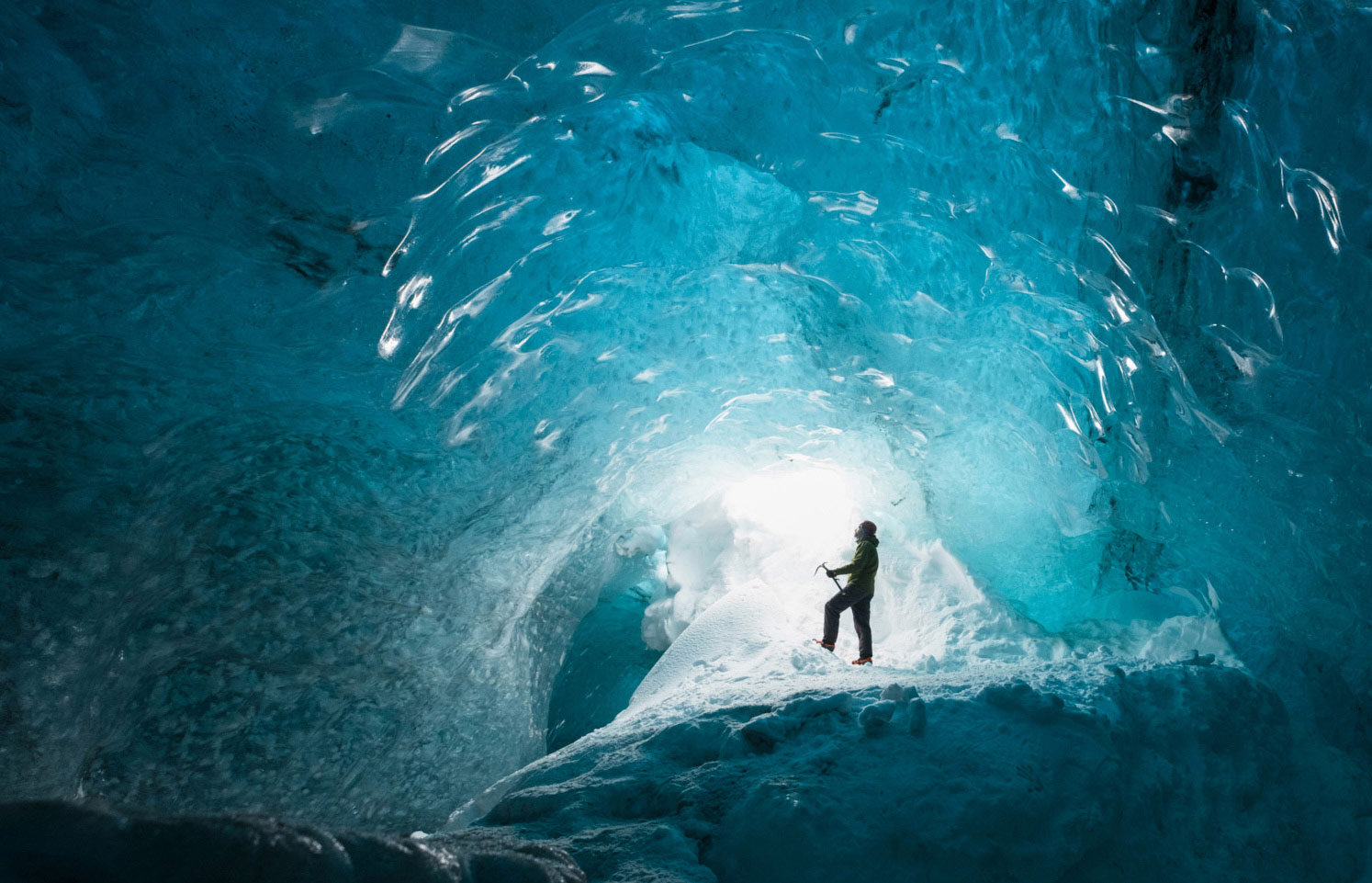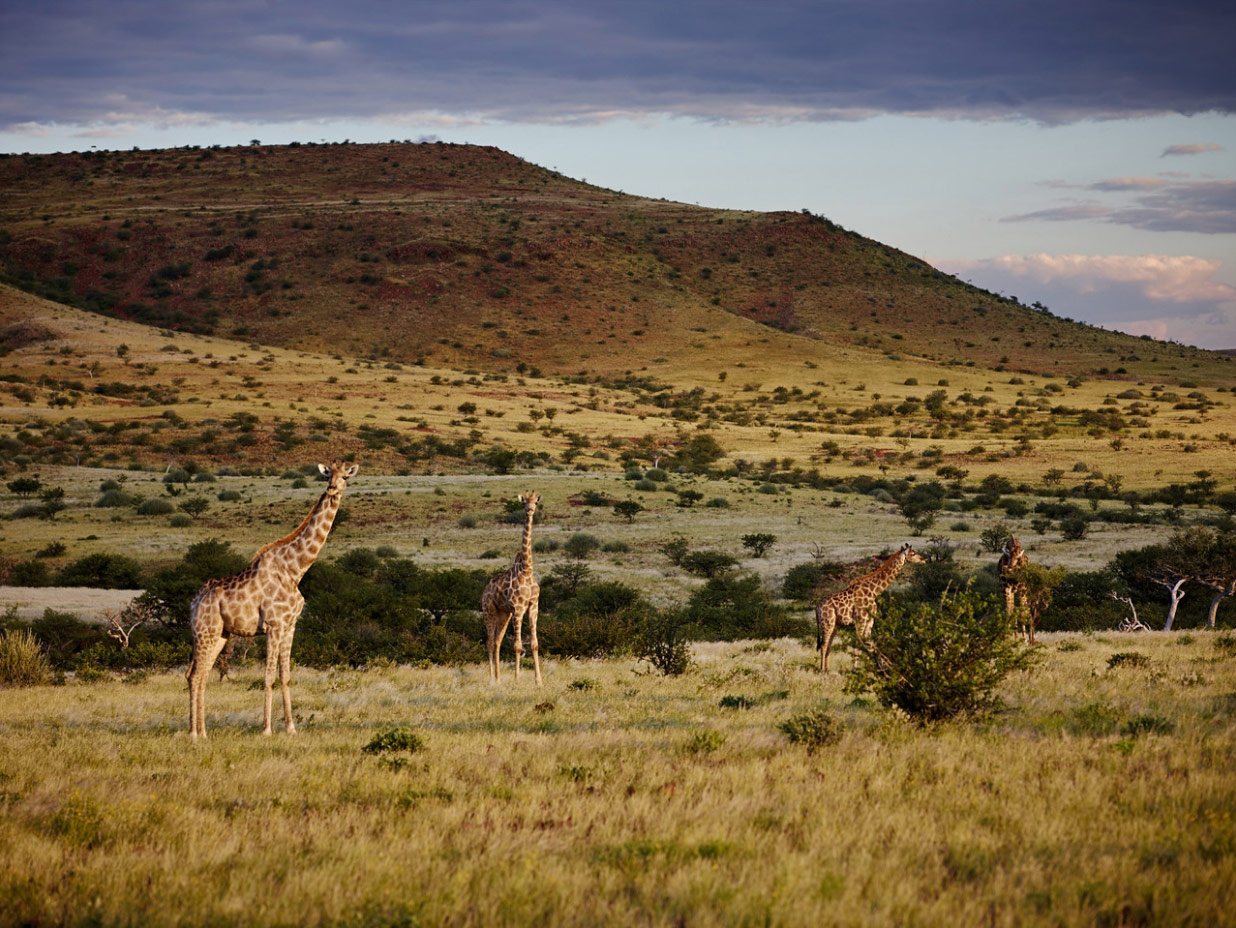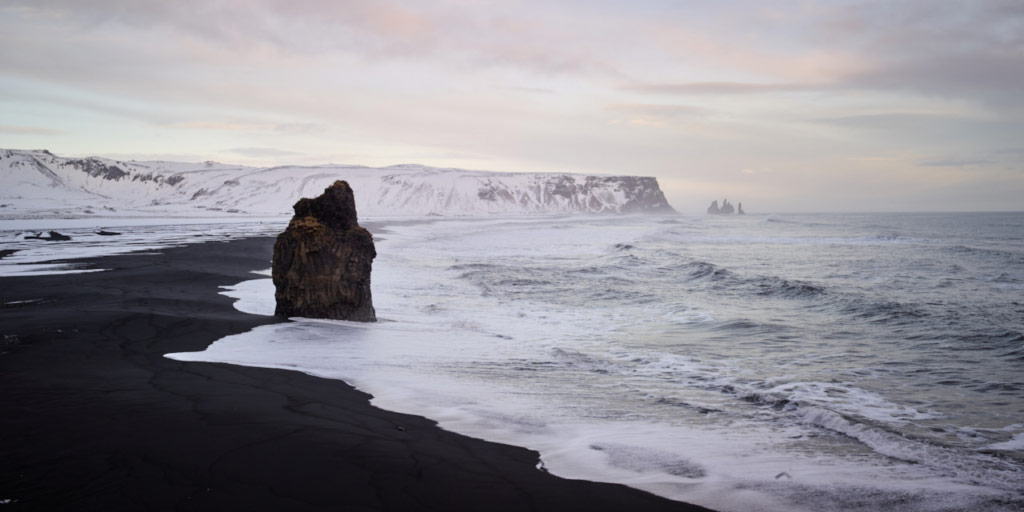Photographer Profile
Hot and Cold | Images by John Hurshman
Editors Note: While most of our clients are professional photographers deriving their income from their craft, we also have many clients for whom photography is a passion, but not a source of profit. We thought we’d share the work of one such client, John Hurshman, who has recently traveled to both Namibia and Iceland. This combination struck us as especially interesting as it highlights the robust nature of Phase One digital backs – from the heat of the African Desert to the cold of the Icelandic winter. We interviewed John by email, with some editing for length, clarity, and focus.
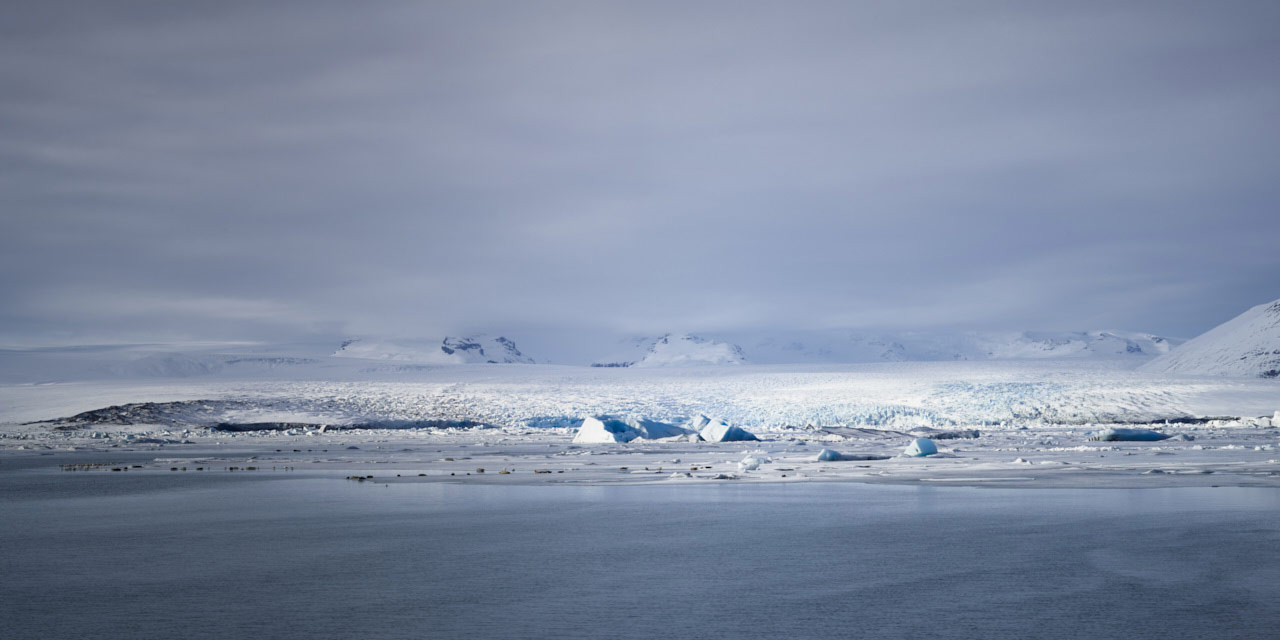
DT: What is your relationship to the art and practice of photography?
John: I am a retired corporate CEO who has been involved in photography for 35+ years. While early on, I had work published by National Geographic Books, Audubon Calendar and National Wildlife Magazine, the demands of family, career and business travel precluded much time for photography. It is only since I retired in 2012 that I have had the time to re-establish my involvement in photography. Much of photo time is spent in the environs of Charleston SC, my adopted home. Additionally, I now have the time for photo tours/workshops… Namibia in 2014, Iceland in 2016 and Polar Bear of Svalbard scheduled for 2017.
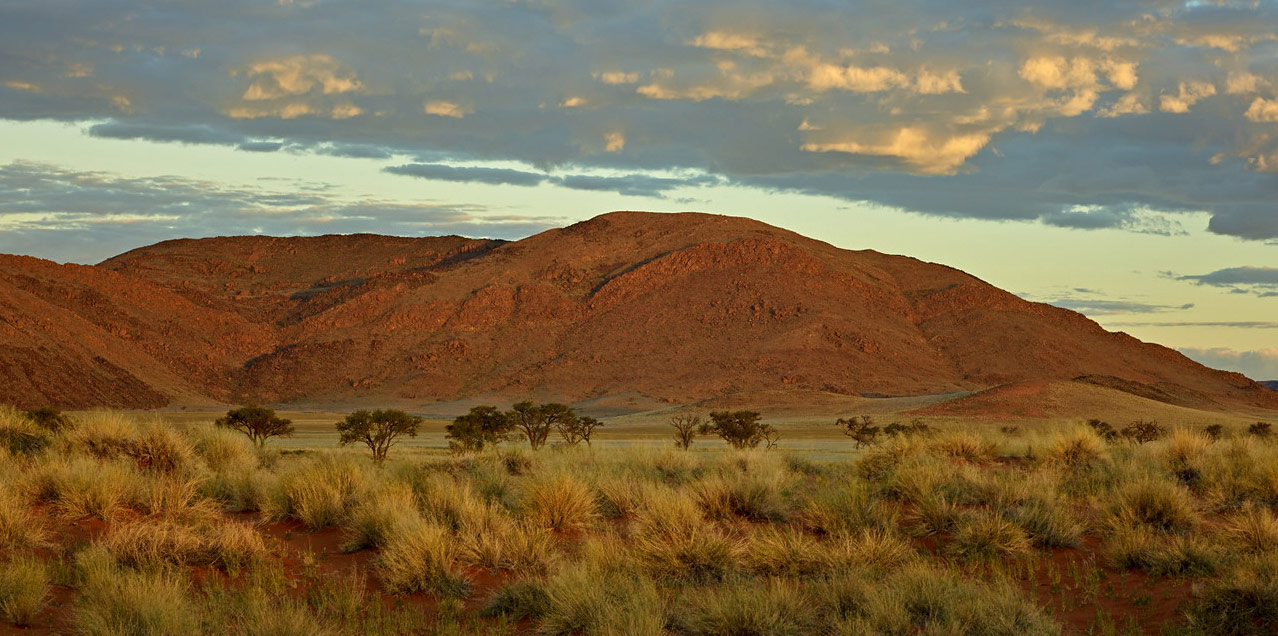
DT: Have you switched to Phase One or do you use it alongside other cameras?
John: I haven’t really “switched” to Phase One, but use is in conjunction with another system… most recently Fujifilm X-PRO2 mirrorless. My primary reason for adding a Phase One back was to take advantage of more pliable files, improved color and tonal gradation, and greater resolution; I have not been disappointed! I am using my Phase One IQ260 on a Cambo tech camera, and enjoy the slower and more deliberate work flow. As a by-product of working with a Phase One back, I have adopted Capture One as my primary image editor; I prefer the interface, workflow and end product.
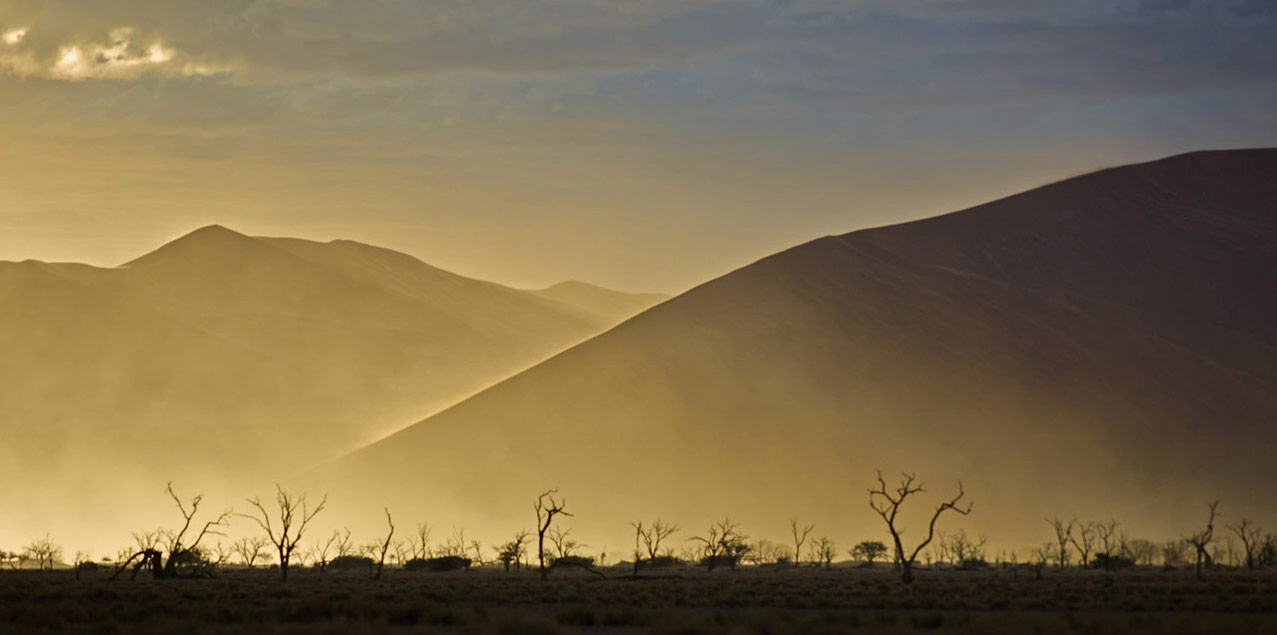
DT: Why did you select Digital Transitions to make your foray into medium format digital?
John: I first worked with DT when I was having trouble getting answers from another vendor that I had previously worked with. DT has not disappointed; you always respond promptly and clearly. I had a tiling problem with my IQ260, and your tech people quickly helped me resolve the problem.
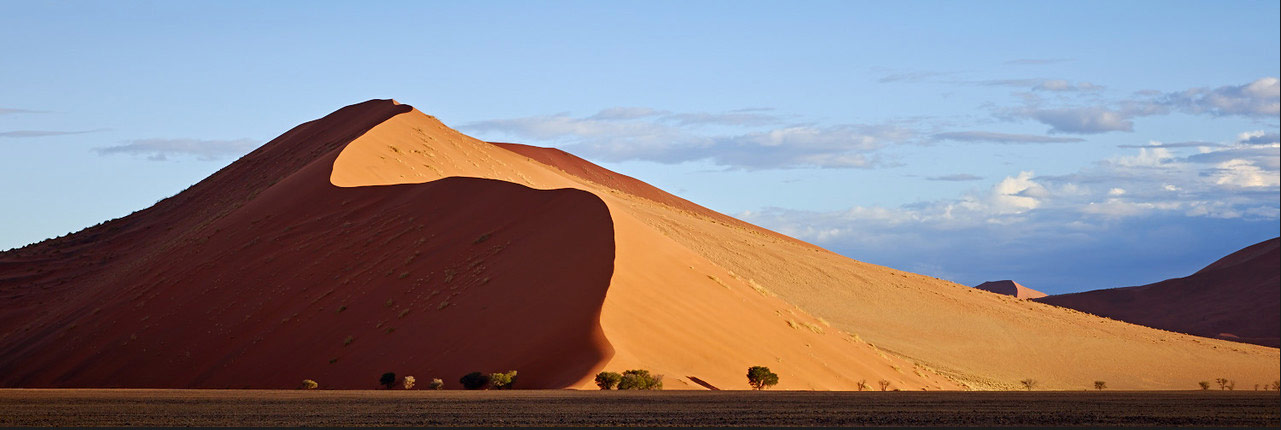
DT: Can you tell us a bit about your trip to Nambia?
John: In April 2014 I completed a 20 day trip to Namibia to witness and photograph the country’s unique ecosystem with a group led by noted wildlife and wilderness photographers Andy Biggs and Josh Holko. It’s one of the most arid regions in sub-Saharan Africa. My primary interest was the dunes at Sossusvlei which feature vivid pinks and oranges because of their iron content.
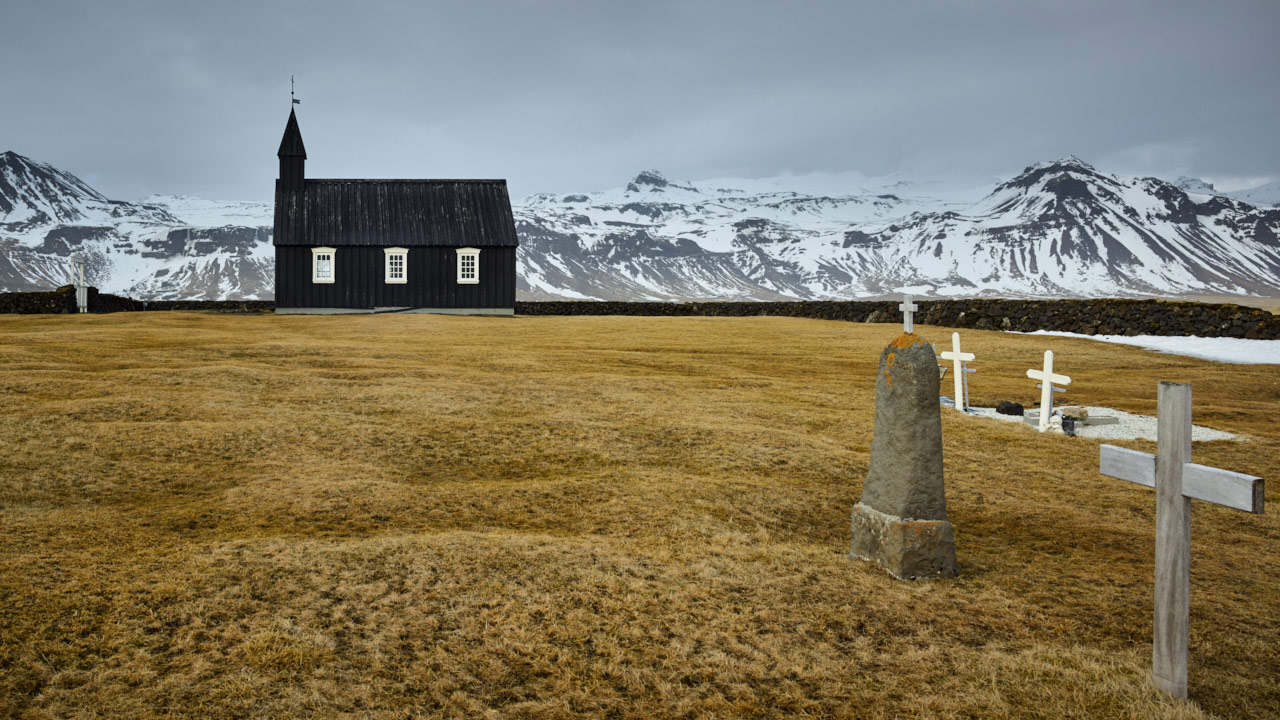
DT: Your trip to Iceland featured a near polar opposite (pun intended) landscape. What inspired you to travel there, and how did you plan your trip?
John: Iceland has been on my “Bucket list” for quite a while, due to its stark beauty, harsh conditions and geological history. I also prefer places where I can more closely interact with and get more involved in the environment… and take my time. Regarding planning my trip… that was done for me by the tour organizers, Josh Holko and Daniel Bergmann. Following that 10 day tour, I hired another guide, Chris Lund, for 2 more days of travel to places that couldn’t be included in the first tour.
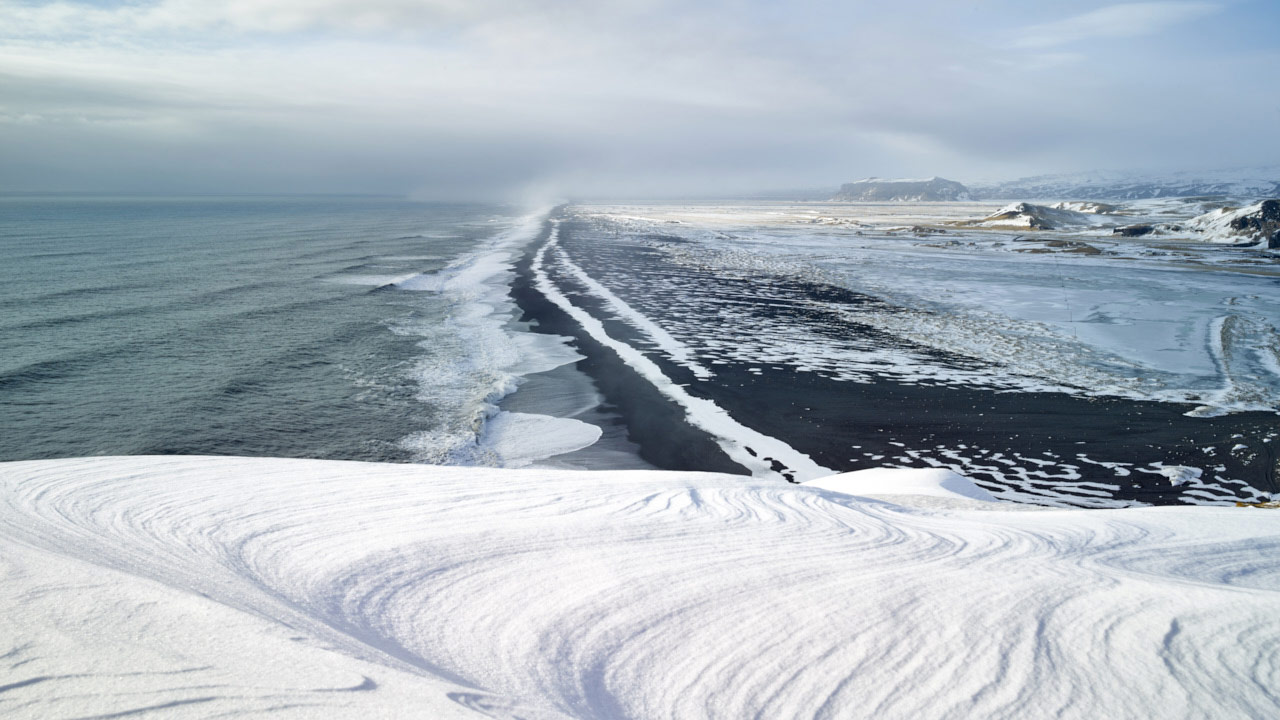
DT: We especially enjoyed “Long Stretch of Black Sand Beach.” Can you step us through your mindset and process in creating this image?
John: My thought was for strong leading lines and a long depth of focus to convey the expansive nature of the scene. The image was captured with the Phase One IQ260 at ISO 50 on the Cambo Anniversary Edition with Rodenstock 40 HR-W lens at f/11. I wanted to have the patterns on the snow in the foreground illuminated by the sun, so the shadows would lead into the line of snow and wave receding into the distance. Additionally, I was hoping for the more distant section of the snow covered land to have some sunlight in order to draw the viewer’s eye more deeply into the picture. Sometimes, the foreground was illuminated, but not the background – sometimes vice versa – sometimes no illumination. But, there were enough thin spots in the clouds to encourage sticking with it. After about ½ hour of waiting, the thin spots in the clouds lined-up the way I had hoped. Also, the clouds did not clear completely, but thinned so that the sunlight was softened and not harsh. Sometimes you get lucky!
